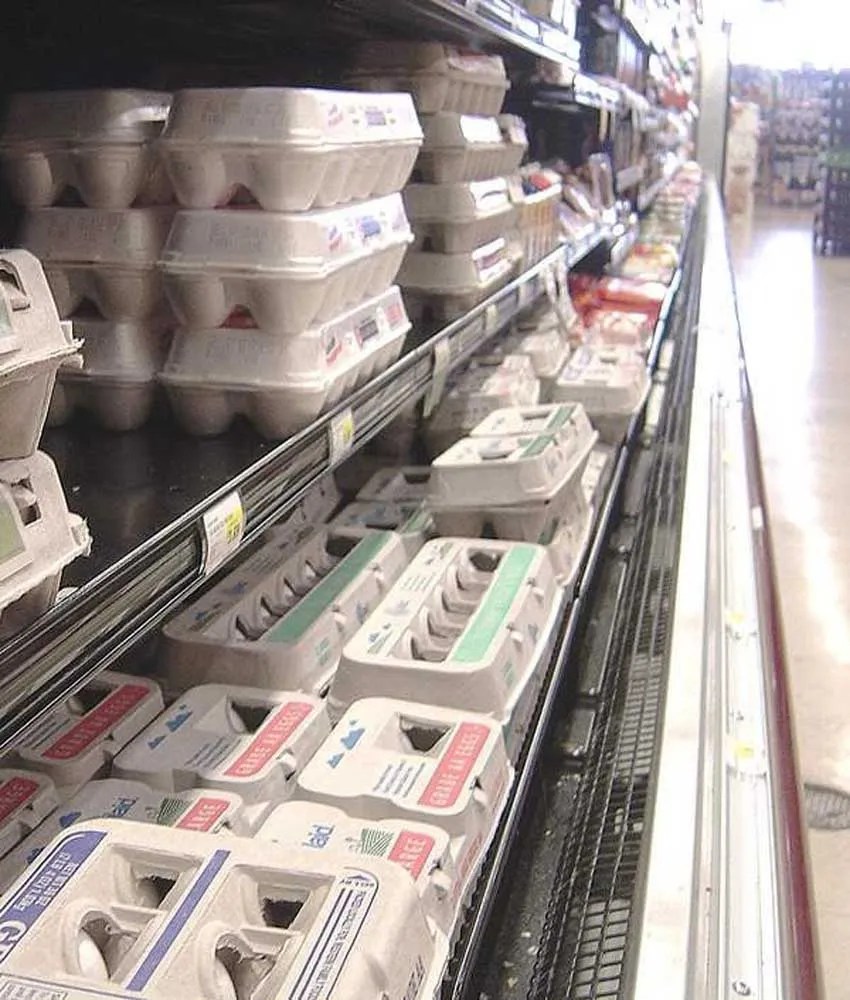Industry to release food safety guidelines for dry bulb onions
Published 5:00 pm Saturday, July 9, 2022

- Gretchen Wall, International Fresh Produce Association food safety and quality director.
BOISE — The International Fresh Produce Association expects to publish comprehensive food-safety guidelines for the dry bulb onion supply chain by early August.
Trending
The guidelines from the IFPA and the National Onion Association apply to growing, harvesting and handling dry bulb onions, in contrast to cutting or other processing.
They aim to benefit producers and handlers of all sizes.
The guidelines “refocus on food safety” and “level the playing field,” said Gretchen Wall, the produce association’s food safety and quality director.
Trending
Most of the industry is up to speed on current best practices, she said at the onion association’s July 7 meeting in Boise. Guidelines target industry participants that need to step up their safety practices as well as those that already have robust safety protocols but want to fine-tune.
Ideally, they will provide the whole industry with an opportunity “to learn something, or to do something new or better,” Wall said in an interview.
She said the produce association is in conversations with Mexico about using the safety guidelines and is working with the U.S. Food and Drug Administration to translate them into Spanish.
The guidelines say that prior to 2020 and 2021 outbreaks implicating dry bulb onions, it was thought human pathogens such as salmonella and E. coli were unlikely to grow or persist in or on dry bulb onions. Guidelines say that while more research is needed, the document assumes greater safety is associated with drier, heavier outer skins and layers.
After harvest, the neck is considered most vulnerable to contamination because it is a natural entry point for pathogens, the guidelines say. Crop maturity in relation to harvest timing, and post-harvest handling, can impact susceptibility.
Broadly, the guidelines recommend industry participants follow good agricultural practices, the federal Food Safety Modernization Act Produce Safety Rule and other regulations and guidance. Industry participants should “actively and continuously” evaluate potential hazards including weather and other environmental factors.
The guidelines urge participants to manage harvest, curing and storage to keep onions dry. That includes ensuring the neck is cured properly.
Industry participants should “expect that onions that show signs of rot or decay are more likely to support the growth of human pathogens and therefore have greater possibility for contamination,” the document says.
Some of the other guidelines pertain to sanitizing food contact surfaces, training workers, keeping solid documentation, and communicating to customers throughout the supply chain about the importance of proper storage and handling. Some warn against harvesting onions that are visibly contaminated, decayed, damaged or wet. Packing and processing should not occur if necks are not cured properly.
Guidelines also say participants in the dry bulb onion industry “should not rely upon the intrinsic antimicrobial compounds in onions as a substitute for food safety best practices because research shows human pathogens may still grow.”
The guidelines may be revised prior to final publication and distribution based on input from the onion association.
Southwestern Idaho and southeastern Oregon produce about 25% of the country’s fall storage crop. Onions are grown in about half of U.S. states.







